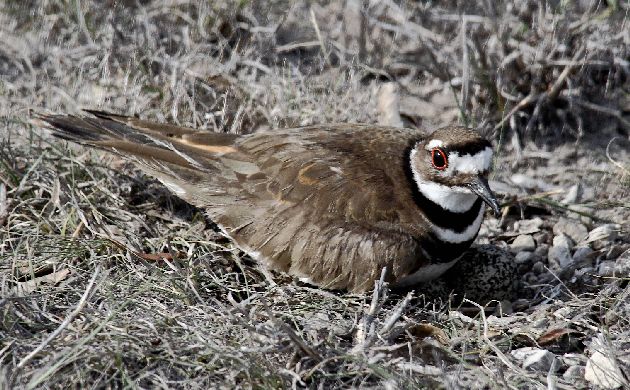
This week, the future is being heard and not seen. I pass over the bridge on my way to class and a Song Sparrow is starting to defend a clump of bushes along the river. The Black-capped Chickadees have been adjusting their songs for weeks; now they are well-practiced and ready to get on with the business of breeding. I lie awake at one in the morning and a Killdeer cries somewhere in the dark. My shovel rings against a rock as I help get the neighborhood garden ready for greens and tomatoes. Northern Flickers yell from nearly every tree and electrical pole.
I always thought of myself as bad at ear-birding, and I am; every year I have to re-learn my local calls, going through an awkward period with each new migrant arrival where I fumble about with the refrain “I know this, I know this… what is it?” I mean, I can remember Killdeer, and Canada Goose, and Ovenbird… heaven help the person who can hear the call of an Ovenbird and then forget it, they probably also sleep through fire alarms.
That said, I can use ear birding to tell me when something is nearby that I am not familiar with — whether it’s an entirely new bird or a familiar species trying out a new tune is up to my eyes to figure out. I can stare at a little gray-green flycatcher until it opens its mouth. I can tell a Mountain Chickadee from a Black-capped, a Pygmy Nuthatch from a Red-Breasted.
The most unexpected thing I have heard this week, though, came from the mouth of a human. The conversation had turned to birds, as it so often does around me, when a woman I knew only glancingly mentioned that she used to not care at all about anything avian. “But then,” she said, “I watched The Big Year.”
I didn’t really have much of a followup to this, as I still haven’t watched the film myself. My interlocutor, in turn, was surprised to learn that it was also a book. She expressed interest in reading it. That was music to my ears.
Killdeer by Richard Burton, courtesy of USFWS













Leave a Comment